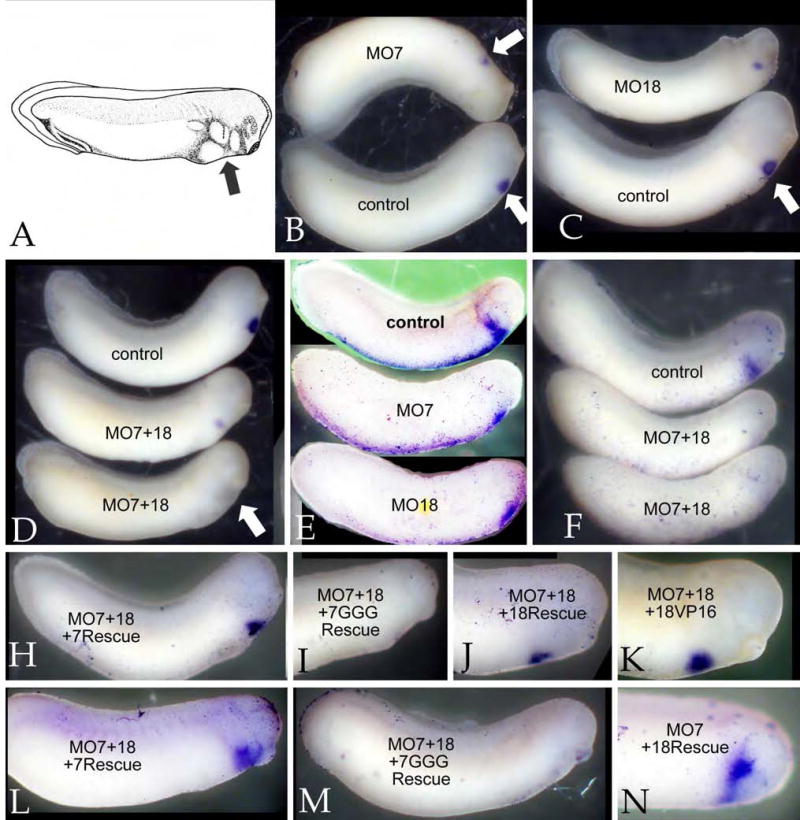Figure 4. Inhibition of cardiogenesis by SOX7 and SOX18 morpholinos.

Fertilized eggs were injected at animal and vegetal sites with a total of 30 ngs of morpholino and examined at stage ~30. A: A schematic of a stage 30 embryo showing the location of the cardiogenic region (“arrow”)(Image from Nieuwkoop & Faber, 1976). In situ hybridization using antisense RNAs directed against either MHCα (B-D) or Nkx2.5 (E,F). Both the SOX7 morpholino (MO7)(B,E) and the SOX18 morpholino (MO18) (C,E) reduced the size and intensity of the MHCα and Nkx2.5 staining domains. A combination of both morpholinos (15+15 ng/embryo)(D,F) produced a more complete suppression of MHCα and Nkx2.5 staining (see also Table 2). Rescue studies: To confirm the specificity of the morpholino effects, MO7+MO18-injected embryos were injected with RNAs (0.5 ng/embryo) encoding either altSOX7-GFP (H,L), SOX7GGG-GFP (I,M), SOX18β-GFP (J,N), or mtSOX18βΔC-VP16 (18VP16)(K); at stage 30 the embryos were stained in situ for MHCα (H-K) or Nkx2.5 (L-N). SOX7, SOX18, and mtSOX18βΔC-VP16 rescued the effects of the combined morpholinos, whereas SOX7GGG-GFP did not.
